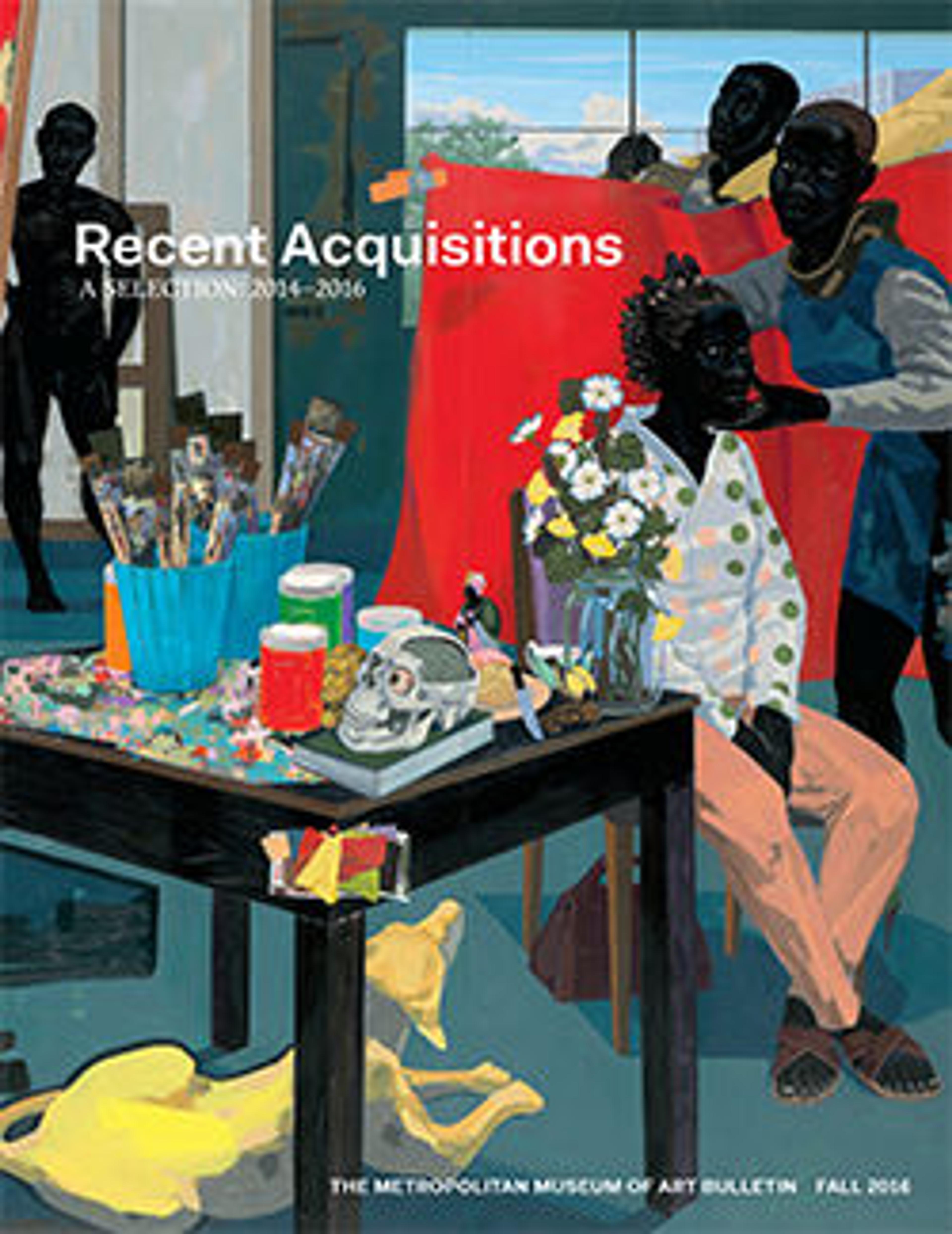Double tuba and baritone, "Bellophone" in BB-flat
This singular instrument was made to the specifications of the distinguished performer and teacher William Bell, who set modern standards for tuba playing in America. Through this feat of brass instrument engineering and construction, Bell sought one instrument capable of playing the wide range called for in the tuba and low brass parts of orchestral and band repertoire. Typically, players would need to switch between bass tubas and tenor tubas or baritones built in a variety of keys and sizes to handle these parts. The "Bellophone" alleviated the need for a tuba player to have several instruments at hand during a performance. To achieve this, the instrument was built to function both as a tuba and as a baritone. It has two separate bells but a shared set of four Périnet valves. A separate rotary valve directs air into either the baritone or tuba section of the instrument. Of the two mouthpiece receivers, one serves both instruments and leads to the rotary change valve; the other allows the tuba to be played independently. Two players can thus play the instrument simultaneously. Bell performed on this Bellophone in the Cincinnati Symphony, the Band of America, and the Goldman Band.
Artwork Details
- Title:Double tuba and baritone, "Bellophone" in BB-flat
- Maker:H. N. White Co. (American)
- Date:ca. 1930
- Geography:Cleveland, Ohio, United States
- Culture:American
- Medium:Brass, mother of pearl
- Dimensions:Approx. maximum overall measurements when assembled: 55 1/8 × 39 3/8 × 35 7/16 in. (140 × 100 × 90 cm)
- Classification:Aerophone-Lip Vibrated
- Credit Line:Gift of Drs. Eli and Carolyn Newberger, 2015
- Object Number:2015.768.1a–f
- Curatorial Department: Musical Instruments
More Artwork
Research Resources
The Met provides unparalleled resources for research and welcomes an international community of students and scholars. The Met's Open Access API is where creators and researchers can connect to the The Met collection. Open Access data and public domain images are available for unrestricted commercial and noncommercial use without permission or fee.
To request images under copyright and other restrictions, please use this Image Request form.
Feedback
We continue to research and examine historical and cultural context for objects in The Met collection. If you have comments or questions about this object record, please contact us using the form below. The Museum looks forward to receiving your comments.
